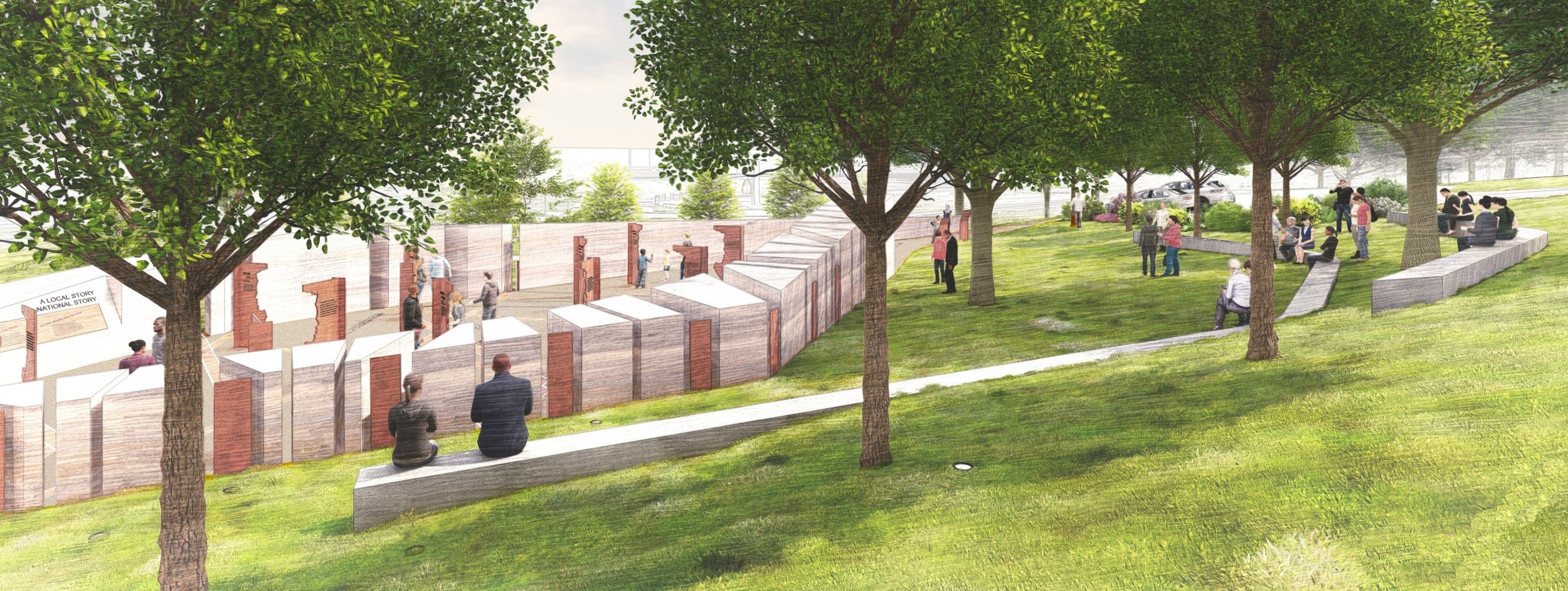
Oak Ridge, TN, Commemorates School Integration with an Important Civil Rights Monument
The Scarboro 85 Monument commemorates a group of students, teachers, and community members whose efforts led to the first instance of desegregation of a public school in the Southeastern United States.
Located in Oak Ridge, Tennessee, the project commemorates the remarkable story of 85 students and community members who in 1955 worked together to desegregate the first public schools in the Southeastern United States. The city of Oak Ridge has a unique history as a planned community, built during World War Two, to directly support laboratories associated with the Manhattan Project. At the time of their desegregation, Oak Ridge High School and Robertsville Junior High School were under the jurisdiction of the Atomic Energy Commission.
Excerpt from Oak Ridge High School 1956 Yearbook.
Following an extended period of community engagement and conceptual design for this important monument, MKSK joined the Scarboro 85 design team as the landscape architecture consultant under Demian Wilbur Architects. The project is comprised of a series of 85 closely spaced rammed-earth (a material similar to concrete but derived from locally sourced soils) elements, representing individual members of the community, that form two monumental walls. The walls define a plaza where key individuals from the Scarboro 85, known as “Change-makers”, are represented as sculptural monoliths rendered in Corten steel. It is here that visitors will learn about the collective experiences of the individuals that shaped this small but important moment in our nation’s civil rights history.
Sited in Bissell Park, not far from Oak Ridge High School, the design of the monument had to navigate several challenging conditions: steeply sloped hillsides, a busy roadway, and a floodplain that inundates frequently. The site approach integrates the monument into the surrounding park landscape and creates a gathering space that complements the formal plaza, providing a location for informal gatherings, small events, and day-to-day activities. Several rows of trees further complement the geometry of the monument by providing shade in critical areas, creating continuity with the surrounding park, and screening the monument from nearby Badger Avenue.
When completed, the Scarboro 85 Monument will encourage visitors to return time and again, to connect their own experiences to the stories and legacy of those who came before, while providing a potent reminder of the importance of advocacy and action.
For more information, visit Scarboro 85 Monument.



